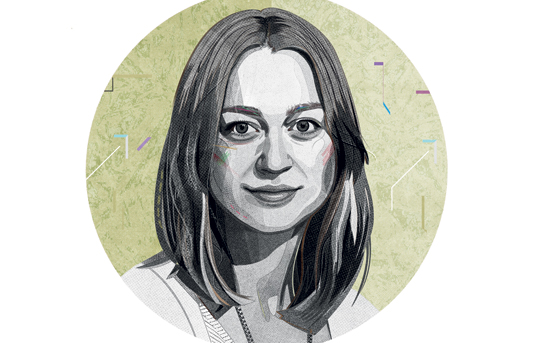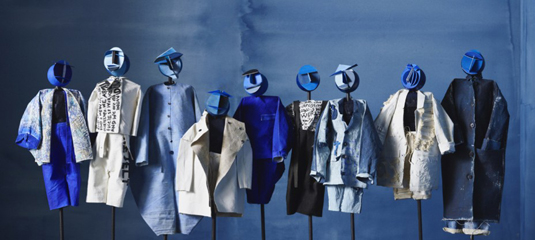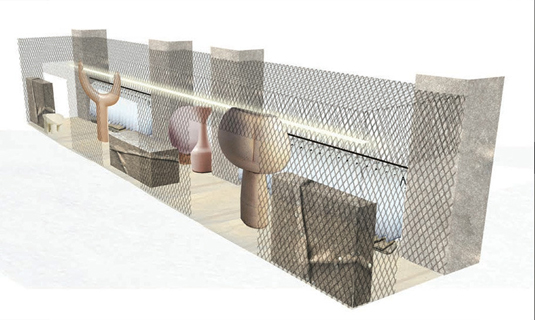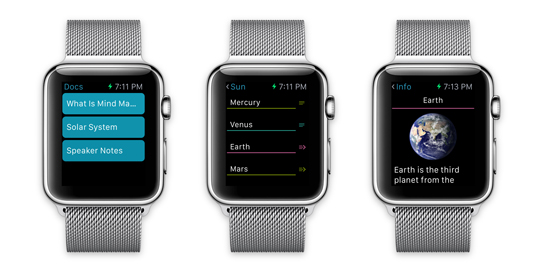How a trend for gender fluidity is driving design
Joanna Tulej discusses what the growing neutral culture and 'Mx' honorific means for designers.

Joanna Tulej is an art director at The Future Laboratory, which she originally joined as a trends researcher in 2010. She now oversees visual output and design analysis while predicting the future. Here, she discusses how androgyny is affecting design...
As a trend forecaster and art director, I am fascinated by the symbiotic relationship between culture and creativity. A January 2015 poll by media company Fusion found that among Americans aged 18–34, 50 per cent believe gender exists on a spectrum, while just 46 per cent believe there are only two genders.
As we wait to see if the open-ended honorific 'Mx' will enter the Oxford English Dictionary, what might be the design implications of transgenderism for design?

From the catwalks of New York and Paris to Cape Town, gender fluidity is inspiring design. Vivienne Westwood created a unisex collection for autumn/winter 2015–2016 as did Alexander Blanc, whose male and female models even swapped clothes on the runway during Cape Town Fashion Week in 2014.
London-based Toogood design unisex outerwear that transcends season and gender; more recently we saw the launch of US brand 69 Worldwide, 'a non-gender, non-demographic clothing line'.
What does this mean for design?
Well, in fashion, it's manifested in oversized silhouettes and a utility-style aesthetic, but we are seeing it infiltrate other sectors too.
Selfridges explored what it could mean for interior design with its Agender pop-up. The space is divided into zones, with genderless sculptures in situ, steel mesh frameworks and neutral colour palettes, housing the garments in 'pared-down, uniform packaging' in order 'to free them from the preconceptions that would ordinarily colour such purchases'.
Daily design news, reviews, how-tos and more, as picked by the editors.

Design aimed at children has also attempted to break gender stereotypes over the past few years. Harrods now groups its toys by theme rather than by male or female, while the 'shrink it and pink it' rhetoric as a way to target females is outdated.
Sexist Apple Watch?
There are still some practical considerations such as size and functionality when it comes to designing gender-neutral products. Wearable tech gadgets fuse functionality with style, blending in with outfits rather than standing out.
The Apple Watch was designed to be personalised to suit the individual, though it has come under criticism for its apps which seem to focus on targeting the 40-year-old white male, while many believe the size of the watch itself will turn off female technophiles.

What an exciting yet terrifying time for marketers used to working with age- and gender-based demographics. In future, brands will increasingly target consumers through psychographics – their interests, attitudes and opinions.
We live in a society where consumers 'shard' identities on and offline depending on how they feel and to whom they are talking. Neutral design acts as a blank canvas upon which discerning and empowered consumers can explore their identities and curate different versions of self-actualisation, which is why we expect this trend to continue to grow in the coming decade.
Words: Joanna Tulej
Illustration: Żaneta Antosik
This article first appeared inside issue 241 – a character design special – of Computer Arts, the world's best-selling creative design magazine. Get up to 55 per cent off a subscription to CA here.
Liked this? Try these...
- 14 huge trends that are changing the face of design and advertising
- New app aims to improve mental health
- Download the best free fonts

The Creative Bloq team is made up of a group of art and design enthusiasts, and has changed and evolved since Creative Bloq began back in 2012. The current website team consists of eight full-time members of staff: Editor Georgia Coggan, Deputy Editor Rosie Hilder, Ecommerce Editor Beren Neale, Senior News Editor Daniel Piper, Editor, Digital Art and 3D Ian Dean, Tech Reviews Editor Erlingur Einarsson, Ecommerce Writer Beth Nicholls and Staff Writer Natalie Fear, as well as a roster of freelancers from around the world. The ImagineFX magazine team also pitch in, ensuring that content from leading digital art publication ImagineFX is represented on Creative Bloq.
